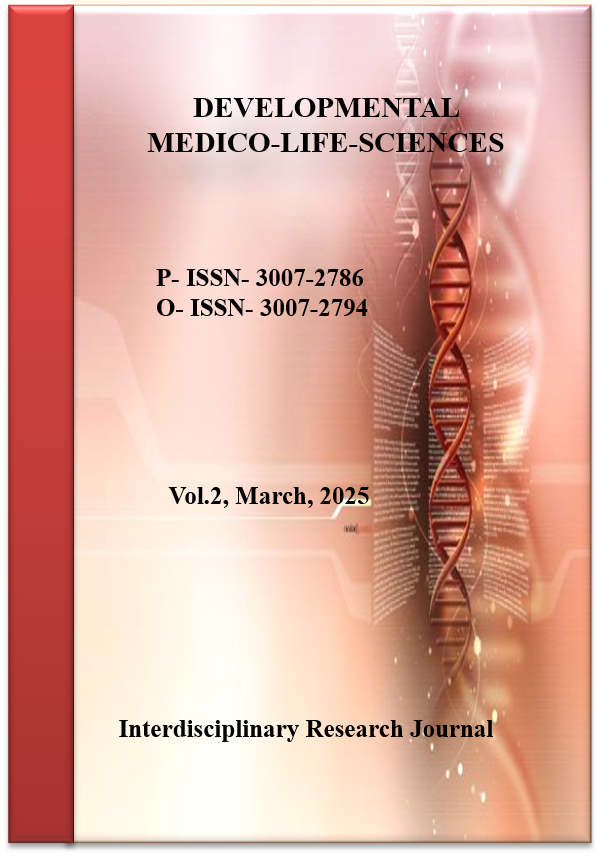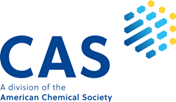Pharmacological Management of Postoperative Nausea and Vomiting in Abdominal Surgery: Efficacy of Antiemetic Protocols
Antiemetic Protocols for PONV in Abdominal Surgery
DOI:
https://doi.org/10.69750/dmls.02.03.0113Keywords:
Antiemetic protocols, abdominal surgery, aprepitant, palonosetron, dexamethasoneAbstract
Background: Postoperative nausea and vomiting (PONV) are frequent and distressing complications following abdominal surgery, affecting up to seventy percent of high-risk patients. Despite multiple antiemetic options, optimal prophylaxis remains undefined in many settings.
Objective: To compare the efficacy of three pharmacologic antiemetic regimens in preventing PONV in adults undergoing elective abdominal surgery.
Methods: In this prospective study at Lahore General Hospital (January–December 2024), sixty patients aged 18–65 years were randomized into three groups (n=20 each). Group A received dexamethasone (8 mg) and ondansetron (4 mg) IV at induction. Group B received dexamethasone (8 mg) and palonosetron (0.075 mg) IV at induction. Group C received aprepitant (40 mg PO) two hours preoperatively plus dexamethasone (8 mg) and ondansetron (4 mg) IV at induction. PONV incidence, severity, vomiting episodes, and rescue antiemetic use were recorded for 24 hours postoperatively. Data were analyzed using one-way ANOVA and Chi-square tests with p < 0.05.
Results: Baseline characteristics including mean age (40.6 ± 12.4 yr), BMI (25.7 ± 4.2 kg/m²), gender distribution, smoking status, and Apfel scores were comparable across groups. Group C achieved the highest rate of no PONV (55%) and lowest rescue antiemetic requirement (5%), significantly outperforming Group A (25% none; 35% rescue; p < 0.01) and Group B (45% none; 20% rescue; p < 0.05). Severe nausea occurred in 10% of Group A, none in Group B, and 5% in Group C. Mean vomiting episodes were similar across groups. No adverse events related to antiemetic therapy occurred.
Conclusion: A multimodal regimen of aprepitant, ondansetron, and dexamethasone provides superior PONV prophylaxis compared to dual-agent protocols in elective abdominal surgery patients. Palonosetron plus dexamethasone also showed substantial efficacy and could serve as an alternative.
Downloads
References
Shan X, Yang Y, Xiao X, Zhang M, Chen R, Huang Q, et al. Enhanced efficacy of aprepitant-based triple prophylaxis in preventing postoperative nausea and vomiting following metabolic bariatric surgery: a single-center retrospective cohort study. Front Med (Lausanne). 2025;12:1481720. doi:10.3389/fmed.2025.1481720
von Peltz CA, Baber C, Nou SLH. Australian perspective on Fourth Consensus Guidelines for the management of postoperative nausea and vomiting. Anaesth Intensive Care. 2021;49(4):253-6. doi:10.1177/0310057X211030518
Sharma N, Bhargava M, Chaudhary V, Sharma D, Mishra A, Chaudhary PK, et al. Comparison of antiemetic efficacy of palonosetron, ondansetron and granisetron in prevention of postoperative nausea and vomiting. Int Surg J. 2016;2(4):549-55. doi:10.18203/2349-2902.isj20151078
Alam M, Shakeri A, Khorsand A, Nasseri K, Nasseri S. Assessing the impact of aprepitant and ondansetron on postoperative nausea and vomiting in orthognathic surgeries: a randomized controlled trial. BMC Anesthesiol. 2023;23(1):412. doi:10.1186/s12871-023-02371-y
Holder-Murray J, Esper SA, Boisen ML, Gealey J, Meister K, Medich DS, et al. Postoperative nausea and vomiting in patients undergoing colorectal surgery within an institutional enhanced recovery after surgery protocol: comparison of two prophylactic antiemetic regimens. Korean J Anesthesiol. 2019;72(4):344-50. doi:10.4097/kja.d.18.00355
Muchatuta NA, Paech MJ. Management of postoperative nausea and vomiting: focus on palonosetron. Ther Clin Risk Manag. 2009;5(1):21-34.
Fero KE, Jalota L, Hornuss C, Apfel CC. Pharmacologic management of postoperative nausea and vomiting. Expert Opin Pharmacother. 2011;12(15):2283-96. doi:10.1517/14656566.2011.598856
Teshome D, Fenta E, Hailu S. Preoperative prevention and postoperative management of nausea and vomiting in resource-limited settings: a systematic review and guideline. Int J Surg Open. 2020;27:10-7. doi:10.1016/j.ijso.2020.10.002
Tanveer M, Qadeer T, Ali SY, Bhatti AA, Khalid R, Suleman M, et al. Physio-anatomical complications in short and long surgical procedures with general anesthesia: a comparative cross-sectional study. Anesthesia-related physio-anatomical complications in surgical procedures. Dev Med Life Sci. 2024;1(2):20-7. doi:10.69750/dmls.01.02.021
Rashid M, Shahbaz MN, Akram A, Anwar A, Umar M, Ali MS, et al. Analysis of patients receiving treatment for inflammatory breast disease at surgery departments of tertiary care units. Treating inflammatory breast disease in tertiary surgery units. Dev Med Life Sci. 2024;1(1):2-6. doi:10.69750/dmls.01.01.012
Meyer TA, Habib AS, Wagner D, Gan TJ. Neurokinin-1 receptor antagonists for the prevention of postoperative nausea and vomiting. Pharmacotherapy. 2023;43(9):922-34. doi:10.1002/phar.2814
Czarnetzki C, Albrecht E, Desmeules J, Kern C, Corpataux JB, Gander S, et al. Dexamethasone for the treatment of established postoperative nausea and vomiting: a randomised dose-finding trial. Eur J Anaesthesiol. 2022;39(6):453-61. doi:10.1097/EJA.0000000000001636
Rosillo-Meneses LA, Carrillo-Torres O, Gonzalez-Navarro P, Garcia-Garcia JA. Comparison of the antiemetic efficacy of propofol versus ondansetron in nasal surgery: a randomized clinical trial. Rev Med Hosp Gen Mex. 2018;81(2):72-8. doi:10.1016/j.hgmx.2016.09.009
Zhang Y, Luo X, Fan Q, Zhou S, Kang Y, Mo Z, et al. Efficacy of fosaprepitant for the prevention of postoperative nausea and vomiting in patients undergoing gynecologic surgery: a multicenter, randomized, double-blind study. Anesthesiol Perioper Sci. 2024;2(4):40. doi:10.1007/s44254-024-00075-1
Tan HS, Dewinter G, Habib AS. The next generation of antiemetics for the management of postoperative nausea and vomiting. Best Pract Res Clin Anaesthesiol. 2020;34(4):759-69. doi:10.1016/j.bpa.2020.11.004
Liu Y, Chen X, Wang X, Zhong H, He H, Liu Y, et al. The efficacy of aprepitant for the prevention of postoperative nausea and vomiting: a meta-analysis. Medicine (Baltimore). 2023;102(29):e34385. doi:10.1097/MD.0000000000034385
Chandrakantan A, Glass PSA. Multimodal therapies for postoperative nausea and vomiting, and pain. Br J Anaesth. 2011;107(S1):i27-40. doi:10.1093/bja/aer358






















